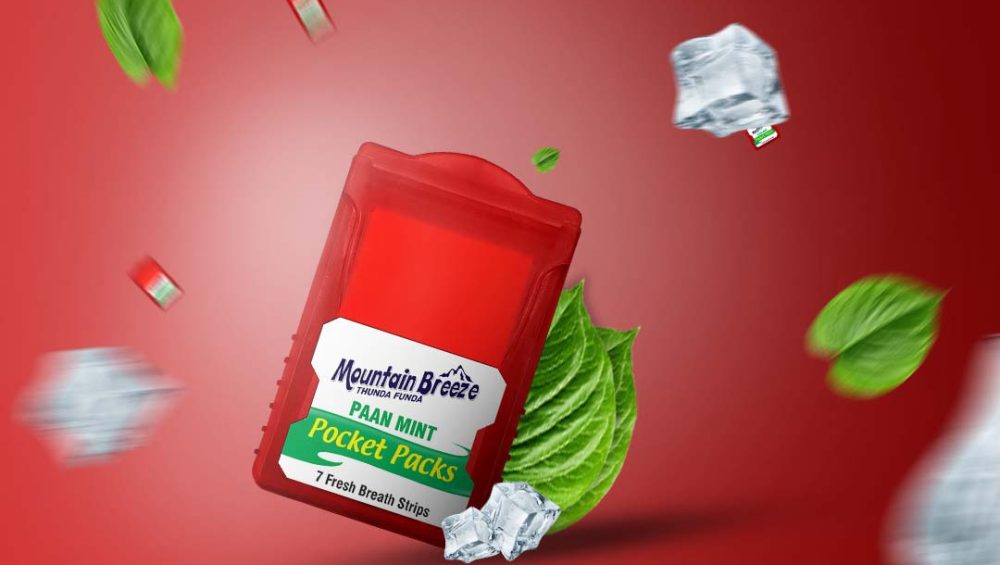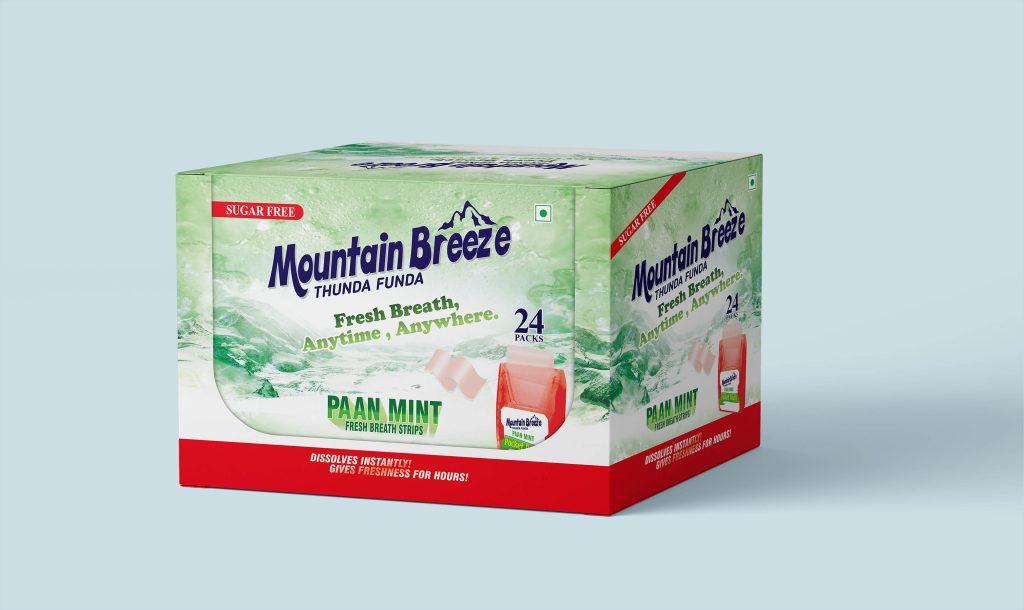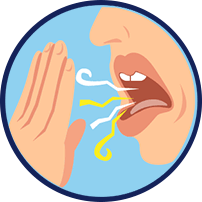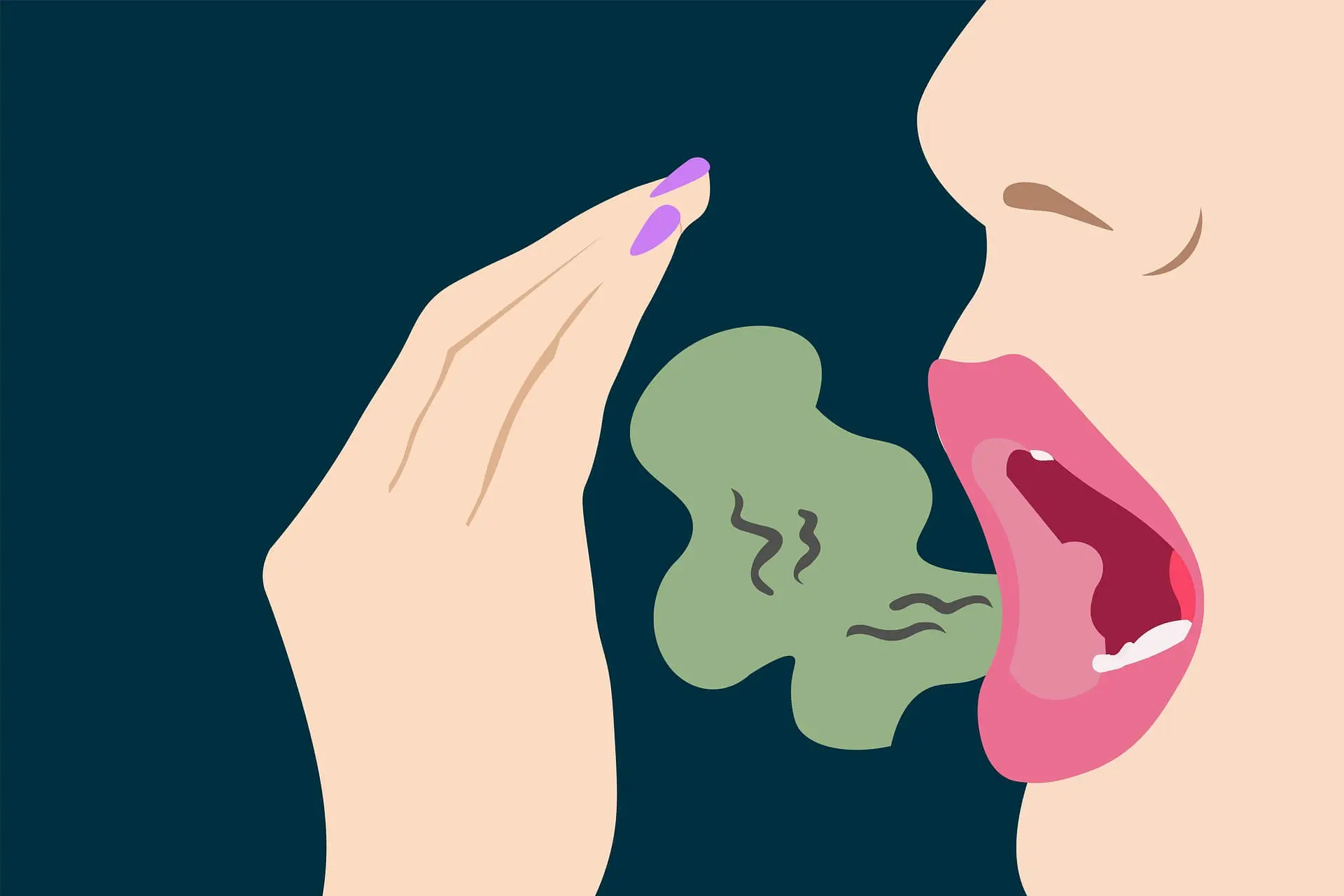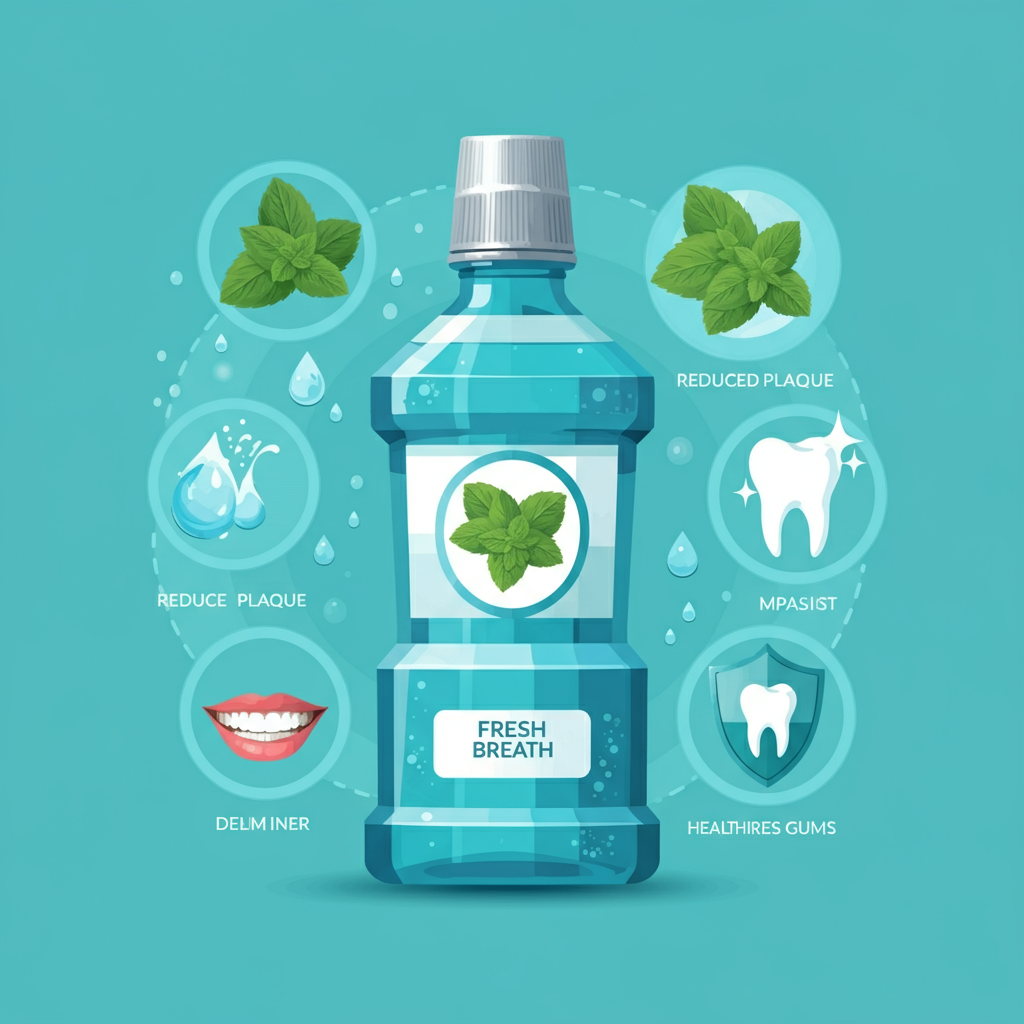Best Mouth Fresheners for Different Situations: Work, Dates & Travel
Fresh breath is more than just a personal hygiene goal—it’s a social superpower. Whether you’re navigating a busy office, sharing an intimate moment with someone special, or embarking on an adventurous road trip, the confidence that comes from fresh breath can instantly elevate your interactions.
The good news? There’s a mouth freshener for every occasion! This guide will show you how to tackle each scenario with the best options available. From discreet workplace solutions to travel-savvy picks, we’ve got it all covered.
Mouth Fresheners for the Workplace
Workplace interactions often involve close conversations in team meetings, presentations, or coffee breaks. Here are some discreet and professional mouth freshening solutions to keep you confident all day long.
Top Picks for Office-Friendly Freshness
- Sugar-Free Mints
- Mints like Altoids or Tic Tacs deliver a quick burst of freshness while staying compact enough to slip into your pocket or bag.
- Look for sugar-free varieties to avoid unnecessary calories and prevent oral health issues.
- Breath Strips
- Thin, dissolvable strips (like Listerine breath strips) are super discreet and provide instant freshness in seconds. Perfect for those quick pre-meeting touch-ups!
- Mouth Sprays
- Portable sprays, such as Binaca or Scope, deliver fresh breath without any invasive chewing motions, making them ideal for quiet office settings.
- Green Tea or Herbal Lozenges
- For a professional yet subtle choice, opt for herbal lozenges containing green tea or eucalyptus. These not only freshen your breath but also soothe dry throats.
Tips for All-Day Freshness at Work
- Stay hydrated—dry mouth is a significant contributor to bad breath.
- Brush your teeth or rinse with mouthwash during lunch breaks.
- Stock up on breath-friendly office snacks such as apples, celery, or cucumbers.
Mouth Fresheners for Dates and Social Events
Heading out on a dinner date or attending a special celebration? Strong foods like garlic, onions, or red wine can linger on your breath, and you’ll want a solution that is both effective and unobtrusive.
Top Picks for Social Settings
- Chewing Gum
- Sugar-free gum, like Trident or Orbit, can tackle strong odors effectively while stimulating saliva production to keep your mouth naturally fresh.
- Cinnamon Mints
- Cinnamon-based mints not only freshen breath but also kill odor-causing bacteria. Plus, the warm, spicy flavor is comforting and inviting.
- Parsley Capsules
- Known for its natural deodorizing properties, parsley capsules are excellent for combating pungent foods such as garlic or fish.
- Cardamom Pods
- A natural and less-common choice, chewing on a cardamom pod releases aromatic oils that eliminate strong food smells.
Expert Tip for Dates:
Choose a freshener with a mild, pleasant scent that complements your natural aroma. Avoid anything too overpowering—it should enhance your presence, not dominate it.
Travel-Friendly Mouth Fresheners
Whether you’re on a long-haul flight, a scenic road trip, or a cozy train ride, traveling can wreak havoc on oral freshness. Limited access to water, snacks, and fresh air often leads to dry mouth. Combat this with the right travel-friendly options.
Must-Have Fresheners for the Road
- Mouthwash Tablets
- These innovative tablets dissolve in water, turning into a quick rinse on the go. They’re lightweight, compact, and TSA-friendly.
- Portable Toothbrush and Toothpaste
- Heading straight to a meeting after arriving? A travel-sized toothbrush and toothpaste can work wonders for an instant refresh.
- Dry Mouth Lozenges
- Lozenges specially designed to combat dry mouth, like Biotene, are essential for long flights or drives.
- Coconut Oil Pulling Packets
- Single-use coconut oil packets are easy to pack and help clean your mouth while promoting freshness—perfect for long journeys.
- Clove Chews
- Carrying a few cloves is a natural and effective way to combat bad breath caused by dry mouth during travel.
On-the-Go Tip:
Always keep a small ziplock bag or travel pouch with your freshening essentials for easy access during your trip.
Natural and DIY Mouth Fresheners
If you prefer natural or homemade solutions, there are plenty of options to try! These remedies are not only cost-efficient but also free of artificial additives.
DIY Recipes for Fresh Breath
- Baking Soda Rinse
- Mix 1 teaspoon of baking soda into a cup of water and rinse your mouth. It neutralizes odors instantly. Add a drop of peppermint oil for a refreshing twist.
- Mint and Lemon Spray
- Blend fresh mint leaves and lemon juice with water to create a refreshing and natural mouth spray.
- Homemade Breath Mints
- Combine coconut oil, xylitol, and a drop of peppermint or spearmint essential oil in small molds. Once hardened, you’ll have your own portable mints.
- Cinnamon Clove Tea
- Brew a simple tea using cinnamon sticks and cloves. Swish it in your mouth before spitting it out for natural odor elimination.
- Parsley and Apple Remedy
- Chew fresh parsley leaves or eat a slice of apple after meals to naturally neutralize odors.
Why Go Natural?
Natural mouth fresheners are free from artificial sweeteners and preservatives, making them a healthier choice for daily use.
Freshen Up Your Life
Regardless of whether you’re navigating a busy workday, impressing on a date, or exploring the world on your next adventure, having the right mouth freshener can make all the difference. Try one of the solutions tailored to your situation and preferences from the list above.
The key is finding what works best for your needs—be it mints, sprays, natural remedies, or portable solutions. Start with one or two options, and experiment to discover your personal favorite.
Do you know someone who could use these tips? Share this article with friends or family, and help spread the joy of fresh breath. Your next adventure, meeting, or date just got a little fresher.


